The Independent's journalism is supported by our readers. When you purchase through links on our site, we may earn commission.
CPR rarely saves lives, so how did such a brutal and ineffective practice become the norm?
CPR is only truly effective against a very specific heart rhythm problem, yet it’s the most widely practised first aid technique. Berenice Langdon unravels healthcare’s biggest myth

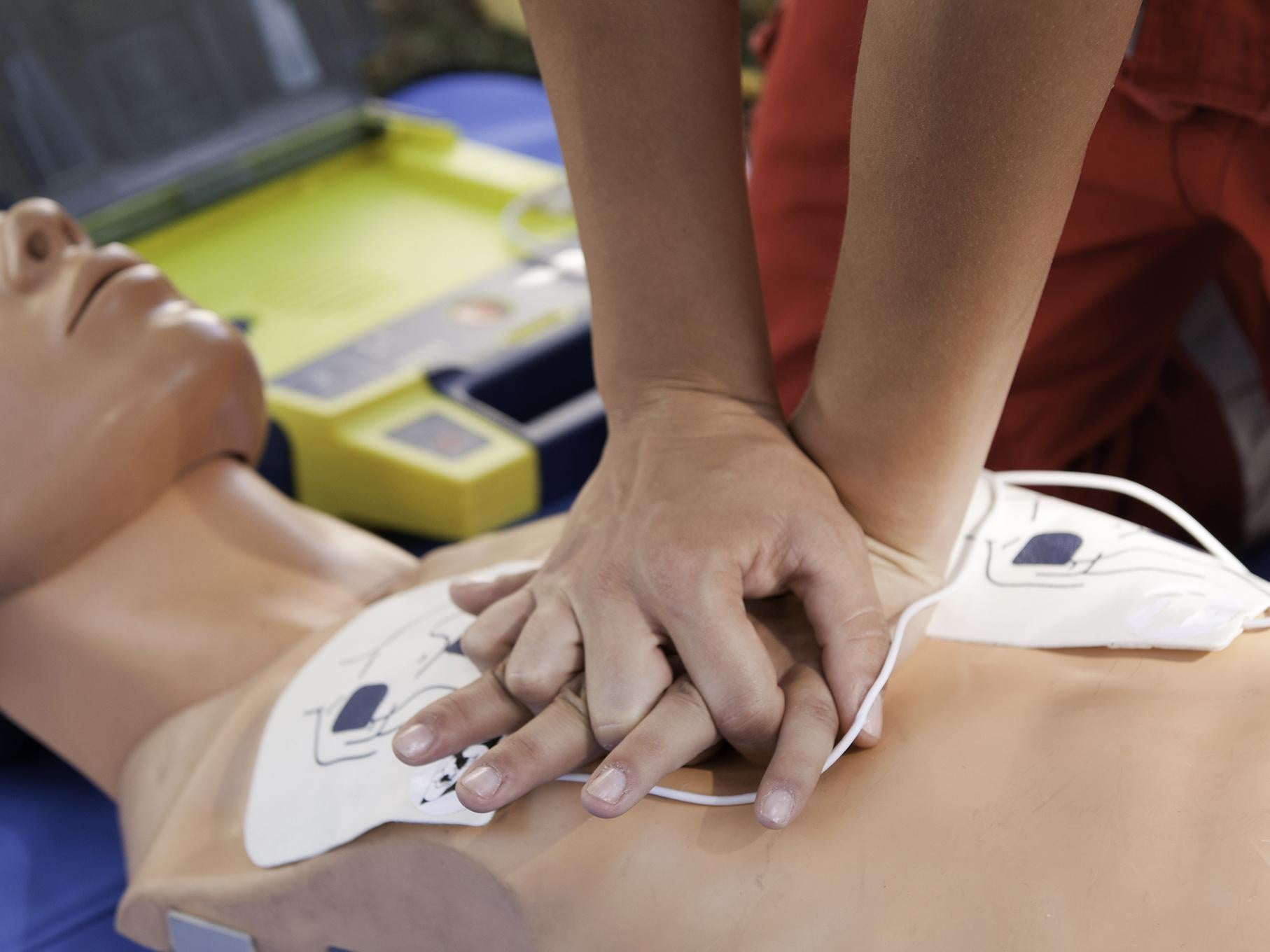
I pound down the corridor holding my white coat from flapping, my heavy “pocket guides” banging against my legs, trying to be fast but dreading being first. The ward, then a receptionist, flashes past. I burst into room nine. Thank God the anaesthetist is ahead of me.
Chest compressions on the bare chest of an old, old man. Arms straight, pounding pressure straight from the shoulder, cold waxy skin under my palms. I am willing, but this man’s chest, crunching under the pressure, feels cold, still and strange. I glance up at the anaesthetist who is trying to intubate a patient whose neck is flexed forward in rigour mortis and I pause.
“This is ridiculous,” she says. “This man is dead. We shouldn’t be doing this.”
Out of all the cardiopulmonary resuscitation (CPR) events I’ve attended, I’ve never witnessed a single success. That’s because CPR isn’t some black magic spell that brings dead people back to life. It is a specific treatment for a specific condition. It works well for ventricular fibrillation, which is a heart rhythm problem. People on cardiac wards are likely to get it and benefit from a shock (if they have a shockable rhythm, that is). But for the rest of us, it’s time for all of us to face up to the fact that CPR isn’t a cure-all. For some of us, especially during this pandemic, it’s not going to help.
I remember the first resuscitation instructions I ever read as a teenager, from a black and white 1930’s first aid book. It had good advice on bleeding (pressure to the area) and bandaging, but its idea of resuscitation was to lie the patient prone and flap their arms up and down.
I learnt proper CPR at medical school and practised it on my younger sibling. I would roll him over, floppy and unresisting but giggling, and pretend to open his airway.
I’ve given chest compressions to Anne, the resuscitation doll, dozens of times and saved untold numbers of dummies. But bringing someone back to life if they are frail and dying… it simply doesn’t work.
So why do we all cling on to our CPR orders, complain when we are not offered one and accuse doctors of dishonesty, secrecy and ageism when a Do Not Resuscitate (DNR) order is signed?
How did this violent and aggressive “therapy” come out of the cardiac wards and get tried on every patient in the hospital? How did it suddenly come to be seen as a panacea for all conditions – a strange modern equivalent of the elixir-of-life – that no one could be refused?
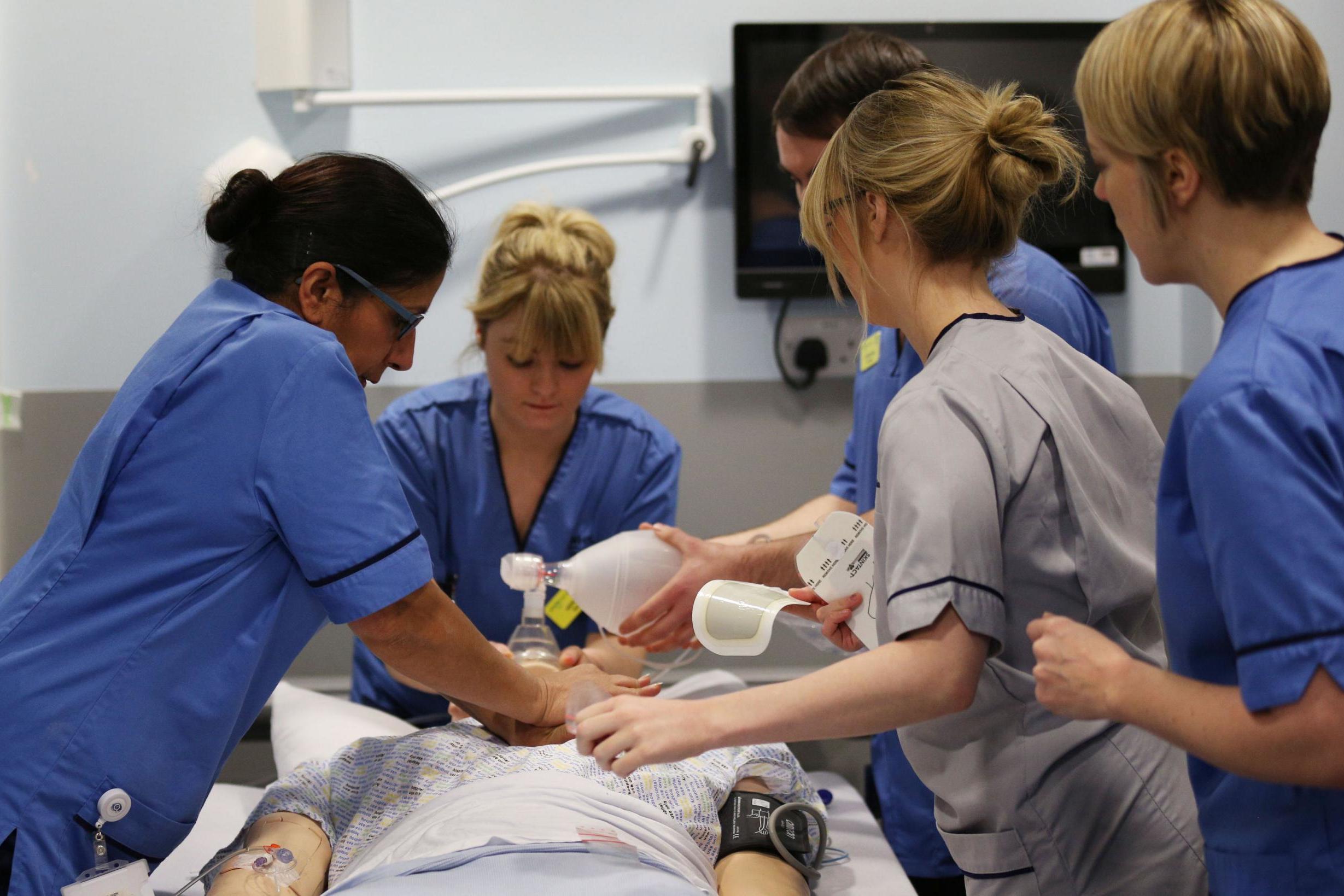
It started with high levels of electrocution in linesmen, which in 1926 led the Consolidated Electric Company of New York City to ask the Rockefeller Institute to research a technique for defibrillation. William Kouwenhoven and Guy Knickerbocker were put to work. Thirty years of painstaking research later, they were still studying electrical defibrillation using dogs. By chance, they noticed that when they put the primitive and heavy defibrillator electrodes on the dog’s chest wall, the relaxation and push of the weights caused an additional increase in blood pressure.
Experimenting further they found rhythmic application of pressure to the chest wall caused the heart to empty and then refill each time, providing circulation to the dog’s heart and brain. They found they could do this for up to 20 minutes, restart the dog’s heart with the defibrillator, and still have a neurologically intact animal at the end.
The technique was first used successfully on a patient in 1958 and Kouwehoven and Knickerbocker’s paper was published in 1961. Within months, CPR was being tried indiscriminately on any patients, in hospitals both in New York and New Orleans, reporting success rates ranging from 50 to 90 per cent. It was soon realised that compressions had to be started within four minutes to stand a chance of working and by 1965 the general public was being trained in CPR, starting in Seattle. Since then it has become a mantra to “save lives”.
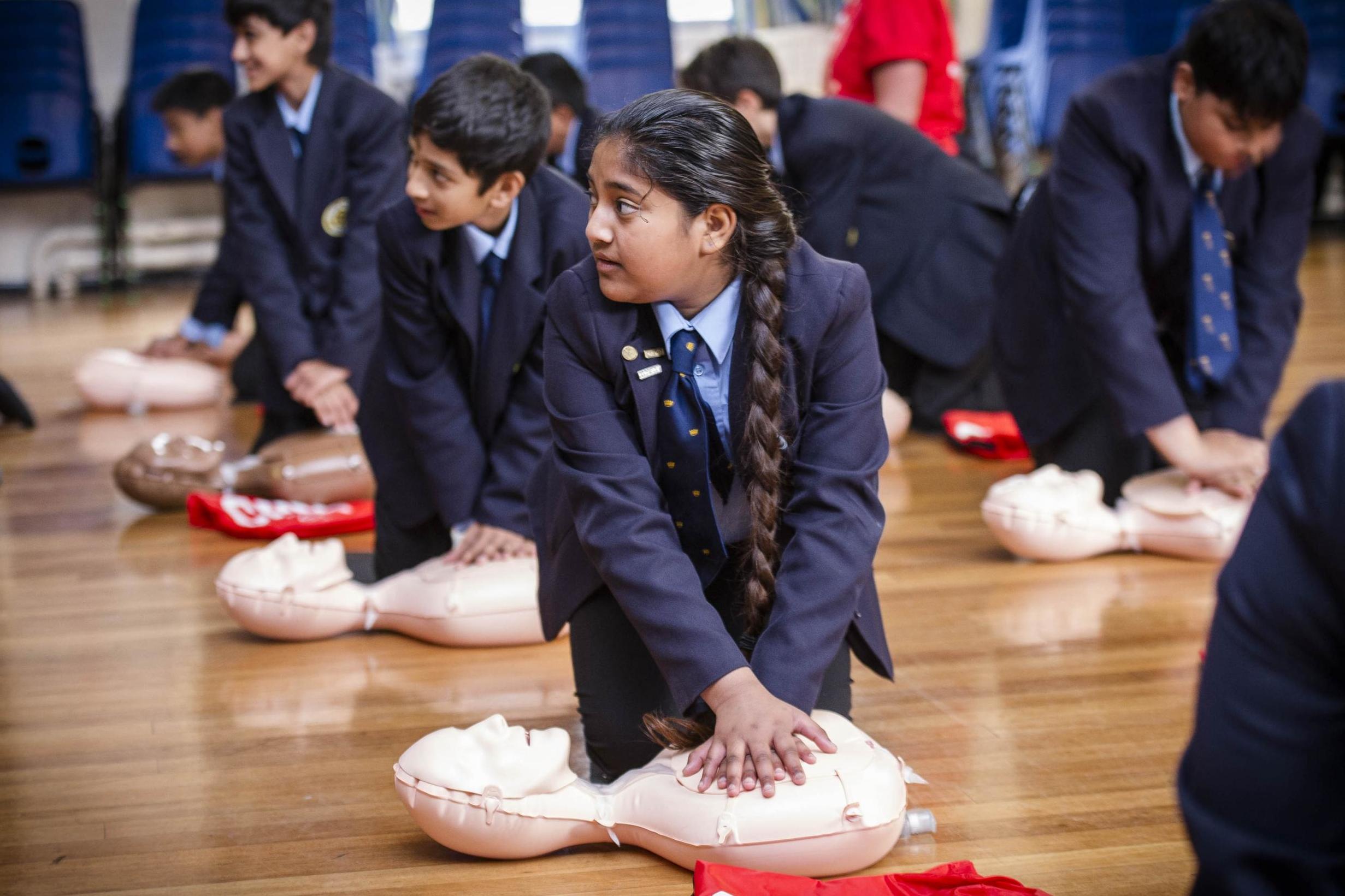
But in medicine we are taught that we never save lives, we merely delay death. And along with saving lives (or delaying death) much harm has been caused by this necessarily violent therapy of chest compressions and shocks.
Out of hospital it makes sense to try it; nothing is known about the collapsed individual and, who knows, it might help. But an in-hospital arrest is a different matter. Everything is known that is necessary to make a decision about whether CPR will help or harm a patient and a choice has to be made.
But who is in the wrong here? The doctors for trying to point out the limited utility of pounding someone’s chest? The patients for refusing to accept that mortality is a normal part of existence?
For a patient in hospital with a heart “too good to die”, it makes every sense to try CPR. But for a patient who is the opposite, with heart failure or other organ damage, it should be just as obvious that they will not benefit from CPR. However, doctors are now obliged to discuss CPR with every palliative care patient nearing death: to explicitly describe how we will not try to help them at the end and then make them sign the form in a final act of cruelty.
The letter sent by the Welsh GPs to their most vulnerable patients during the Covid-19 pandemic is a painful example of this. In the letter, patients were asked to consider the seriousness of their condition, that scarce intensive care treatment was unlikely to be offered because their chances of survival were so low. Attached to the letter was a Do Not Attempt CPR form for them to sign in advance.
That a standard letter was sent out to all patients with a do-it-yourself DNR order is shocking. But who is in the wrong here? The doctors for trying to point out the limited utility of pounding someone’s chest? The patients for refusing to accept that mortality is a normal part of existence? Or indeed the newspaper commentary for continuing to propound the myth that all of us have a “right” to CPR?
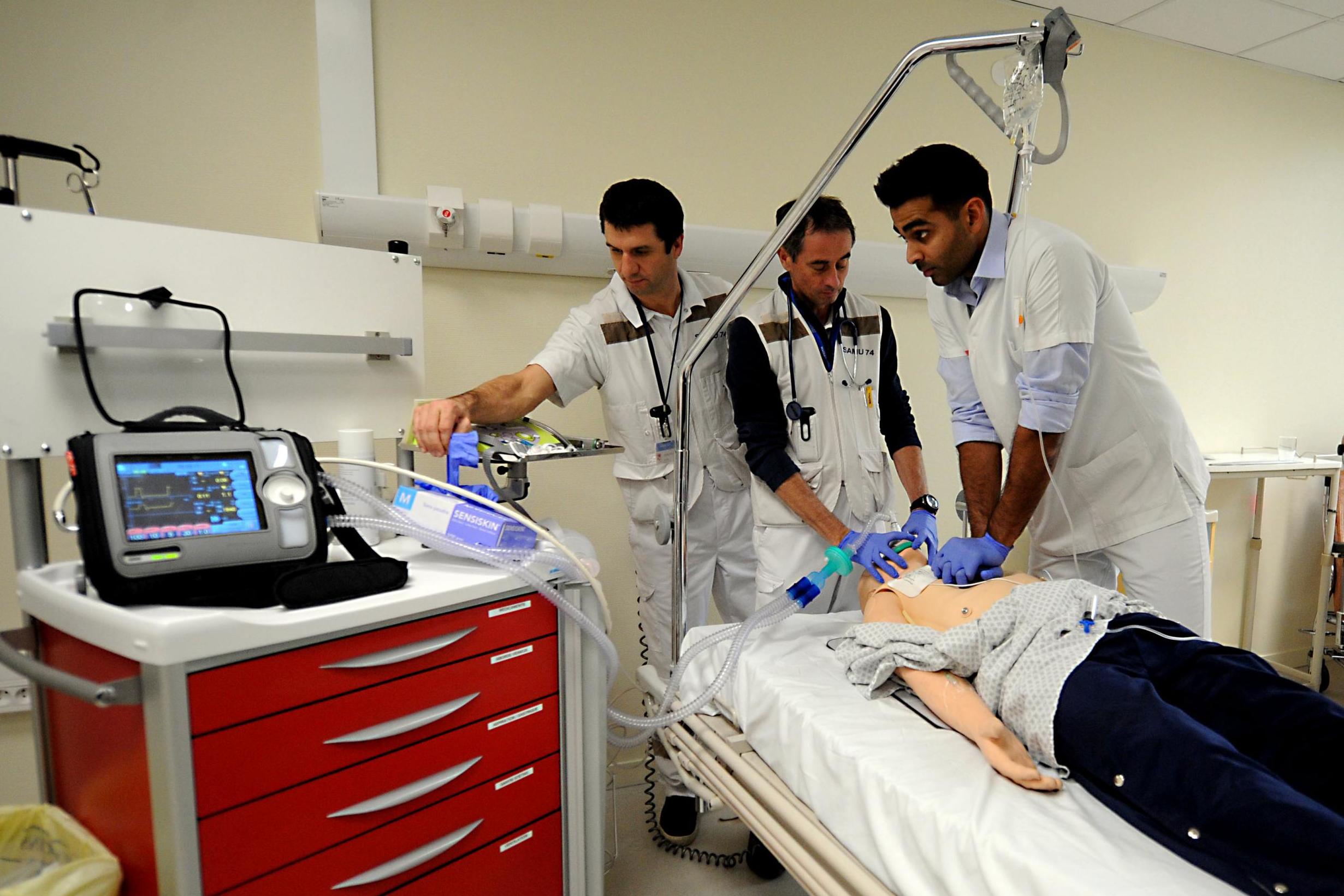
We don’t offer chemotherapy, diabetes drugs or indeed any therapy to every single patient in the hospital, in this uncritical and blanket way. We know that that would be harmful. However, it is still assumed by patients and the public that CPR should always be offered. It is the default option.
But CPR is a treatment like any other. It should only be offered if it’s the appropriate treatment for the patient; it’s not meant to be a “right”. It needs to stand a chance of working. The success rate of CPR on hospital TV dramas is 70 per cent and so we all trust it and expect it. But in real life in hospital? Thirty-seven per cent of patients survive to discharge – ie, if they have ventricular fibrillation, the heart rhythm that CPR is meant for. But only 11 per cent if there is no heartbeat. No heartbeat is documented for 76 per cent of people suffering in-hospital arrests. And that makes sense, since most patients admitted are unwell, extremely unwell or even close to death.
The example in Wales appears to show that even in the midst of a pandemic we still can’t accept that death may happen to us. There is no grace in our modern world when it comes to this unpalatable truth.
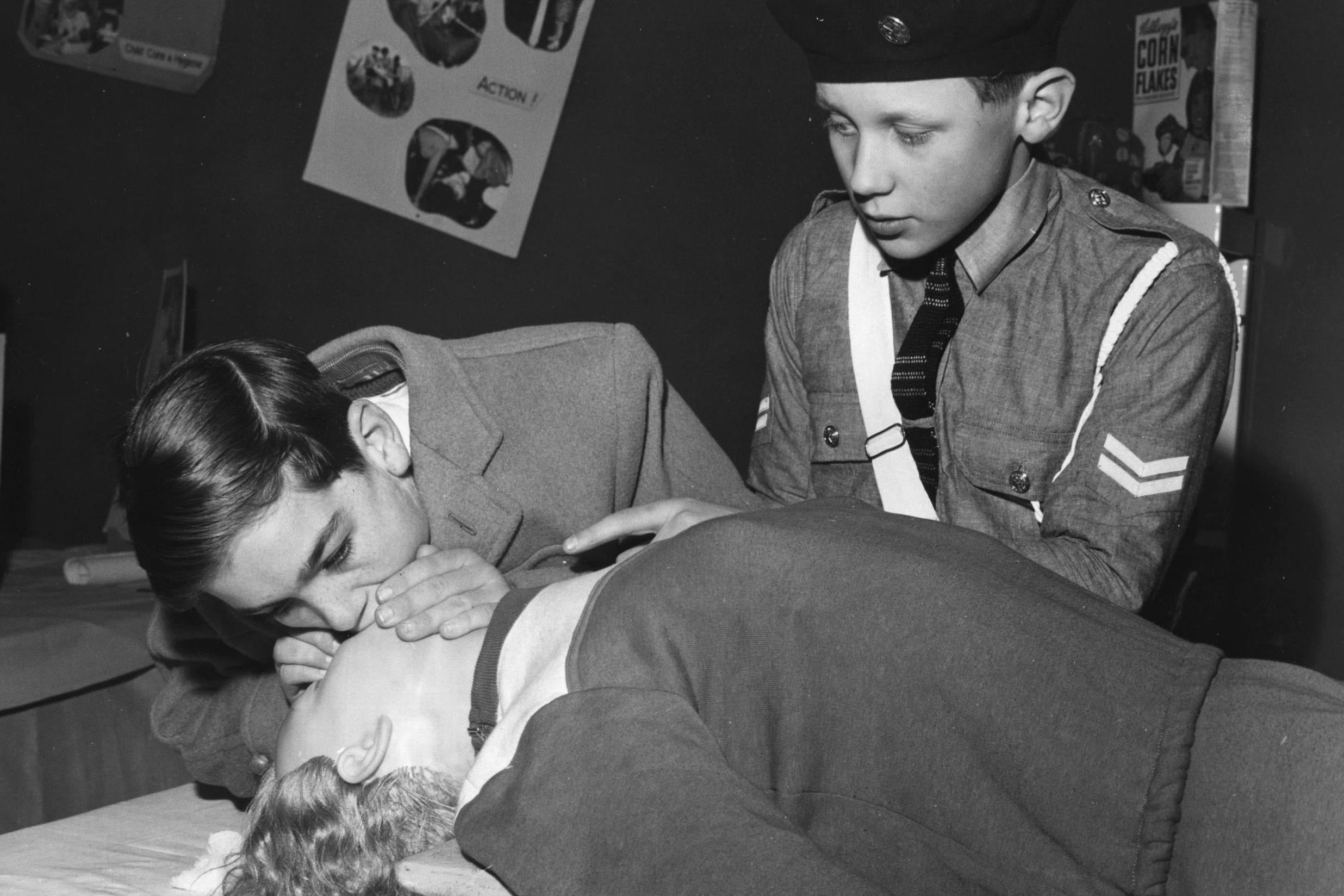
If patients don’t manage to have this discussion about dying in the community, they will still have it in hospital. In the past few years hospitals have developed a new name for the discussion. It’s called TEP. It sounds brisk and business-like, doesn’t it? It stands for “treatment escalation plan“. Instead of just focusing on CPR, it talks about other options as well, such as fluids through a drip, antibiotics and intensive care units.
If we can increase the number of patients in hospital who get to have this conversation, it will be a kindness. Unfortunately, in a report published by the National Confidential Enquiry into Patient Outcome and Death, only 20 per cent of patients had their CPR status documented. Of the other 80 per cent of patients arresting and dying in hospital, many may have had CPR inappropriately – just like my poor elderly patient in room nine.
Properly done, sorting out this TEP form is an opportunity to discuss a patient’s current level of functioning, what they should expect to happen over the current days or weeks and what treatments are going to be helpful – if any. And when linked to a video about what having CPR is actually like, zero patients choose resuscitation. (Of those that haven’t seen the video, 25 per cent choose resuscitation). Patients are not distressed by the video, but after watching it, they don’t want CPR. The great majority (91 per cent), having been fully informed, choose dignified “comfort care” only.
The doctors looking after those diagnosed with Covid-19 are launching this TEP conversation with patient after patient, right now. With a mortality rate of 56 per cent, even for patients on ventilation, they no longer have a choice. From patients and families who demand that “every thing be done” – sometimes even threatening the staff – to those who have never given it a thought and have no idea what to do, doctors have seen it all and can support patients no matter which way the conversation turns.
The conversation is much smoother with those patients and families who have thought about it ahead of time.
If you really care about the NHS, instead of clapping on Thursday nights perhaps you could do something that will genuinely help. Have a quick think about what you would want if you became ill. A brief five minutes out of your life to consider what might happen and to plan for it. Let someone know and then put the subject aside; go out and clap if you want to. But thinking about CPR and your TEP will actually help the NHS staff you are clapping for to look after you. That’s all they want.
I have seen CPR in real life. I have thought about it, and I don’t want my ribs fractured in a pointless bid for immortality. I don’t want someone shocking me at the point of death and someone else squeezing my nose and trying to breathe into my mouth. I don’t need someone to explain to me that CPR is ineffective when I am dying of cancer or organ failure.
Let’s stop being “shocked” when people are given DNR orders and recognise CPR as a treatment like any other; useful for some patients, useless for others. CPR is something we all need to think carefully about – now more than ever.
Berenice Langdon is a GP working in south-west London and the author of Learning Microbiology through Clinical Consultation
Join our commenting forum
Join thought-provoking conversations, follow other Independent readers and see their replies
Comments
Bookmark popover
Removed from bookmarks